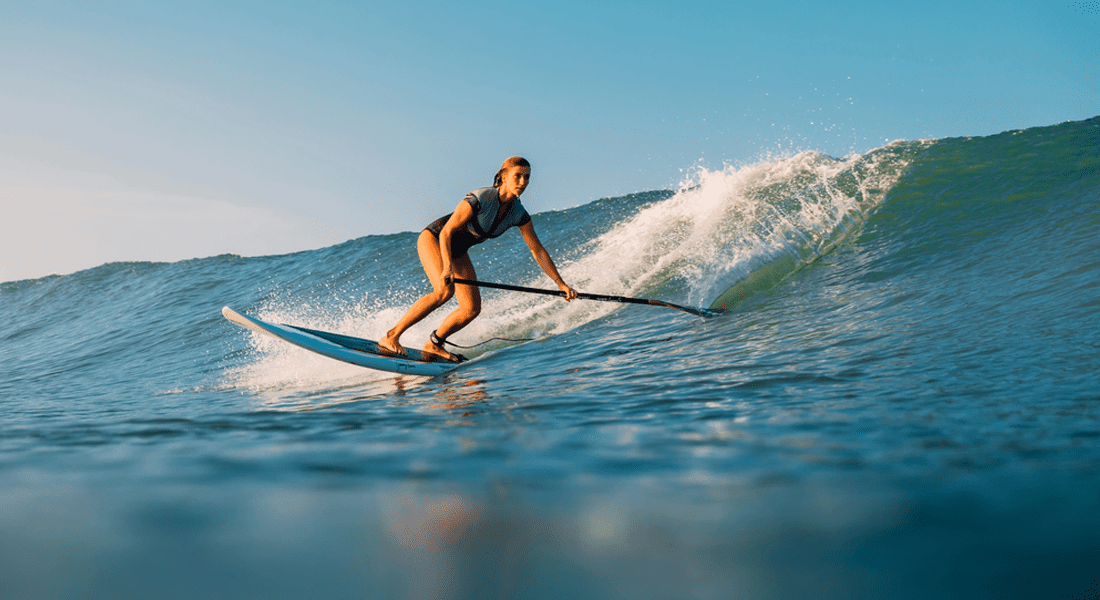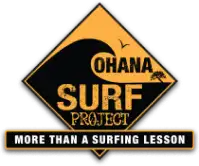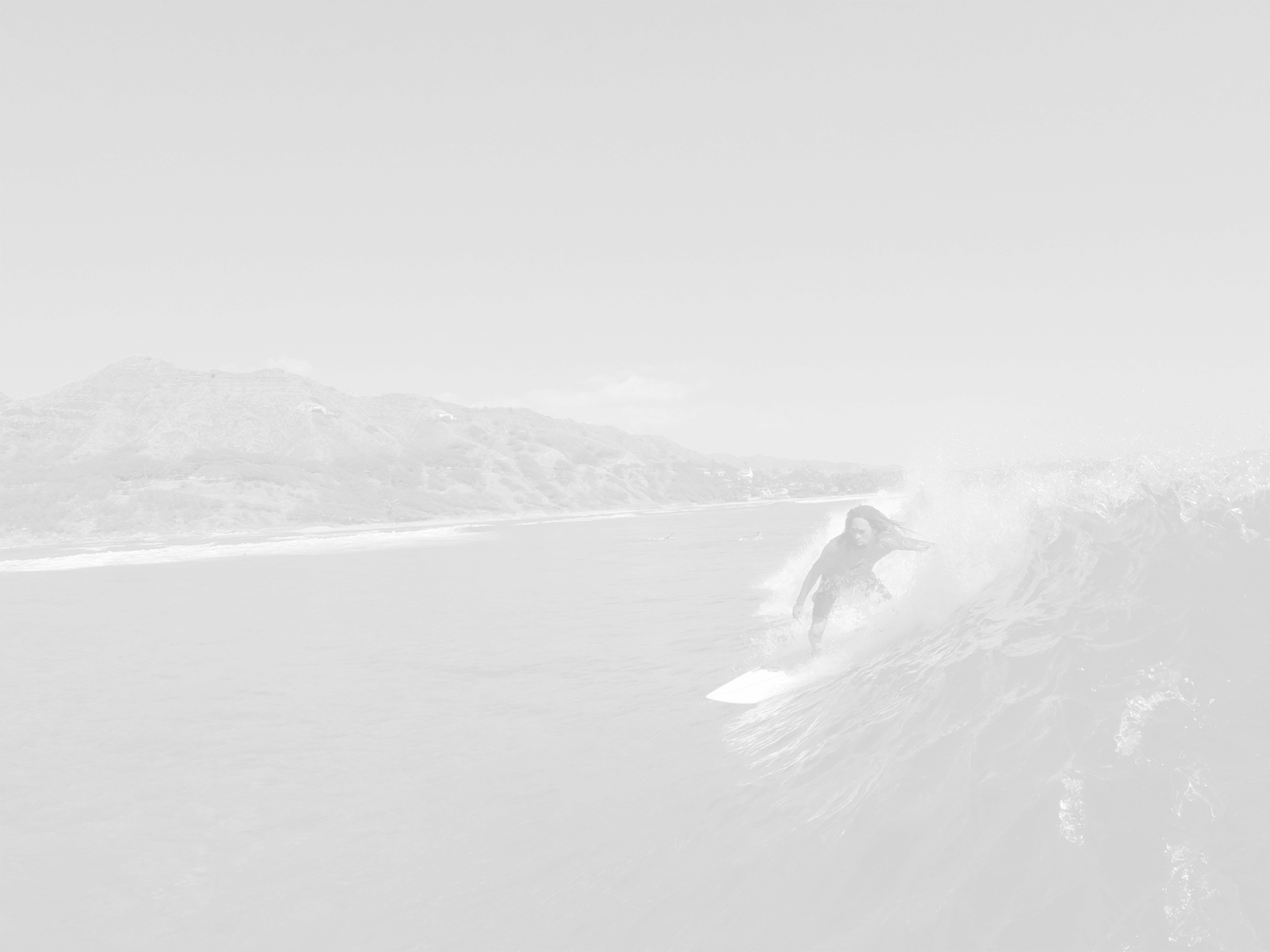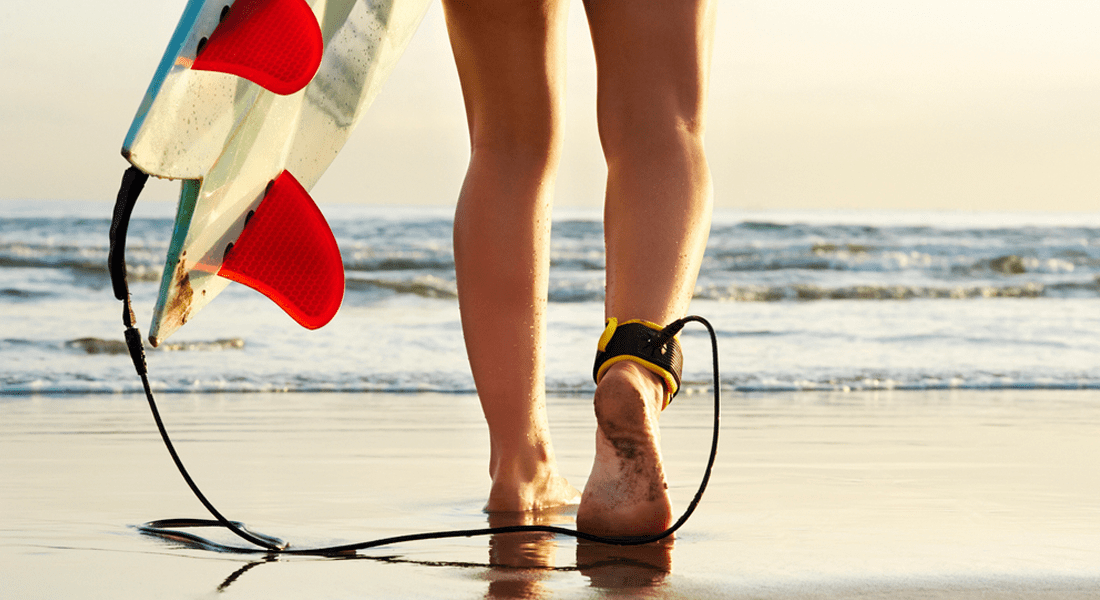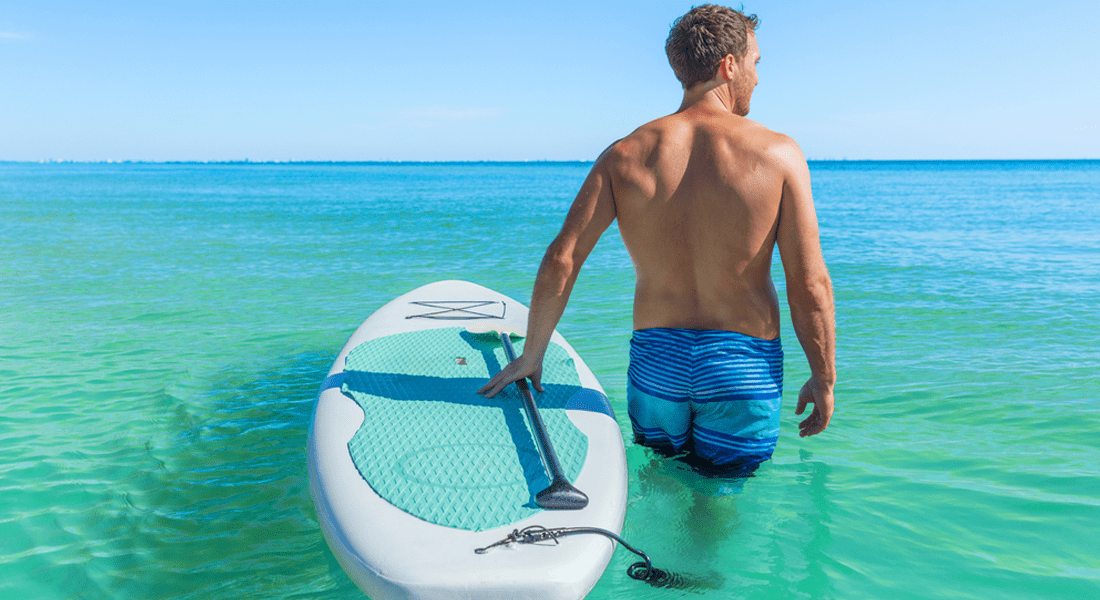Blog
How To Properly Paddle On A Surfboard For Novices
Paddle surfing is an essential skill for any surfer, especially for beginners. Proper paddling techniques can significantly improve your ability to catch waves and navigate the ocean. In this guide, we'll cover everything you need to know about properly paddling on a surfboard, from positioning to common mistakes to avoid.
Why Proper Paddling Technique Matters
Proper paddling technique is crucial for several reasons. It helps you move efficiently through the water, conserving energy and allowing you to catch more waves. Good paddling also reduces the risk of injury by minimizing strain on your shoulders and back. Effective paddling positions you correctly on the wave, increasing your chances of a successful ride.
Finding Your Sweet Spot
The first step in mastering paddle surfing is finding your "sweet spot" on the surfboard. This refers to the optimal position where your body is balanced, and the board moves smoothly through the water with minimal resistance. To find this spot, lie on your surfboard with your toes near the tail and your head facing the nose. Your board should be flat on the water, with the nose slightly above the surface.
A correct horizontal body position is equally important. Your body should be centered on the board, with your spine aligned with the stringer (the board's centerline). This ensures that your weight is evenly distributed, preventing the board from tipping to one side. Keeping your legs together and lifting your chest slightly can help maintain this balanced position.
Minimizing Resistance (Drag)
Drag is the resistance you feel as you move through the water. Minimizing drag is essential for efficient paddling. One way to reduce drag is by maintaining a streamlined body position. Keep your body close to the board, and avoid excessive movements that can slow you down.
When paddling, your hand entry into the water is crucial. Your fingertips should enter the water first, followed by your wrist and elbow. This technique reduces splash and creates a smooth, quiet paddle stroke, which minimizes drag. Aim to keep your paddle strokes close to the rails of your board to maximize efficiency.
Maximizing Propulsion
The paddling motion can be divided into four phases: the catch, the pull, the recovery, and the hand entry. The catch phase begins when your hand enters the water. Extend your arm forward and imagine wrapping it around an invisible log. This position, known as the early vertical forearm (EVF), maximizes the surface area pushing water backward.
The pull phase is where you generate most of your forward momentum. Keep your hand and forearm aligned and perpendicular to the bottom. Your elbow should remain high, and your arm should stay bent throughout the stroke. This technique ensures you pull as much water as possible, propelling you forward efficiently.
During recovery, your arm exits the water and returns to the starting position. Lead with your elbow and keep your movements smooth and controlled. Avoid splashing or excessive movement, as this can create drag and slow you down.
Common Mistakes to Avoid When Paddle Surfing
One of the most common mistakes beginners make is positioning themselves too far forward or backward on the board. If you are too far forward, your board's nose will dip underwater, creating drag. If you are too far back, the nose will rise too high, making it difficult to paddle efficiently. Finding the right balance is key.
Splashing water with your hands while paddling is a sign of improper technique. It creates unnecessary resistance and reduces your paddling efficiency. Focus on a smooth, quiet hand entry to minimize splash and maximize propulsion.
Another common mistake is not aligning your arm and forearm during the pull phase. Bending or unbending your wrist can reduce the amount of water you pull, slowing you down. Keep your hand and forearm straight and maintain a high elbow position for the best results.
Tips for Improving Your Paddling Technique
Like any skill, paddle surfing requires practice. Spend time in the water focusing on your paddling technique. Pay attention to your body position, hand entry, and the phases of your paddle stroke. The more you practice, the more natural and efficient your paddling will become.
A strong core is essential for maintaining balance and stability on your surfboard. Incorporate core-strengthening exercises into your fitness routine, such as planks, sit-ups, and yoga. A strong core will help you paddle more efficiently and reduce the risk of injury.
- Get Professional Instruction
Consider taking
professional surf lessons if you're struggling with your paddling technique. Experienced instructors can provide personalized feedback and guidance, helping you improve your technique and build confidence in the water.
Equipment Considerations
- Choosing the Right Surfboard
The type of surfboard you use can impact your paddling efficiency. Longer, wider boards typically offer more stability and are easier to paddle, making them ideal for beginners. Shorter, narrower boards are more maneuverable but require better balance and paddling technique. Choose a board that matches your skill level and paddling ability.
Regular maintenance of your surfboard can also improve your paddling experience. Check for any dings or damage that could create drag and repair them promptly. Keeping your board clean and waxed ensures a smooth surface, reducing resistance in the water.
Additional Paddling Techniques
In certain situations, kicking your feet can provide an extra burst of speed. This technique is particularly useful when trying to catch a wave. Keep your kicks short and fast, and focus on moving your legs from the hips rather than just the knees. However, be mindful of conserving your energy and only use this technique when necessary.
Establishing a steady breathing rhythm is crucial for efficient paddling. Coordinate your breath with your paddle strokes, inhaling during recovery and exhaling during the pull. This rhythm helps you stay calm and focused, maintaining energy levels and preventing fatigue.
Understanding and following surfing etiquette is essential for a safe and enjoyable experience. Respect other surfers' space and right of way, and avoid paddling directly in front of someone riding a wave. Knowing your surroundings and practicing good etiquette will help you build positive relationships in the surfing community.
Join a Surfing Community
Joining a local surf club or community can provide valuable support and camaraderie. Surf clubs often organize group sessions, provide tips, and create learning opportunities for more experienced surfers. Being part of a community can enhance your learning experience and make surfing more enjoyable.
Numerous online resources are available for beginners looking to improve their paddle surfing technique. Websites, forums, and video tutorials can offer additional tips and guidance. Engaging with online communities allows you to connect with surfers worldwide and share experiences and advice.
For those new to paddle surfing or looking to enhance their skills, our
stand-up paddleboarding lessons offer personalized instruction tailored to your needs. Our experienced team at Ohana Surf Project is dedicated to helping you master the basics and enjoy the thrill of paddle surfing. Join us today and experience the joy of surfing with confidence and ease.
